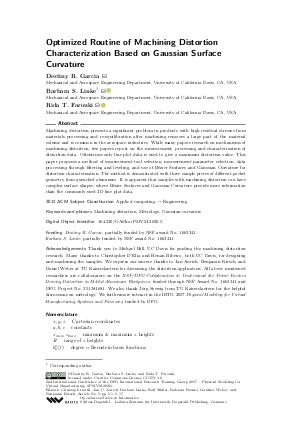OASIcs.iPMVM.2020.5.pdf
- Filesize: 2.28 MB
- 17 pages

 Creative Commons Attribution 4.0 International license
Creative Commons Attribution 4.0 International license









Feedback for Dagstuhl Publishing